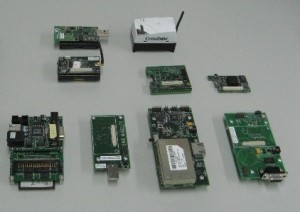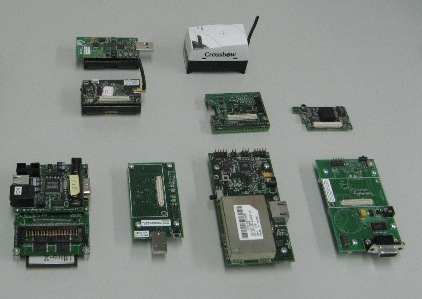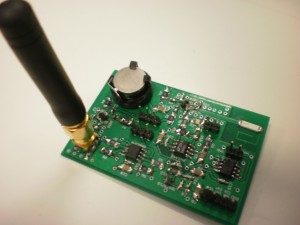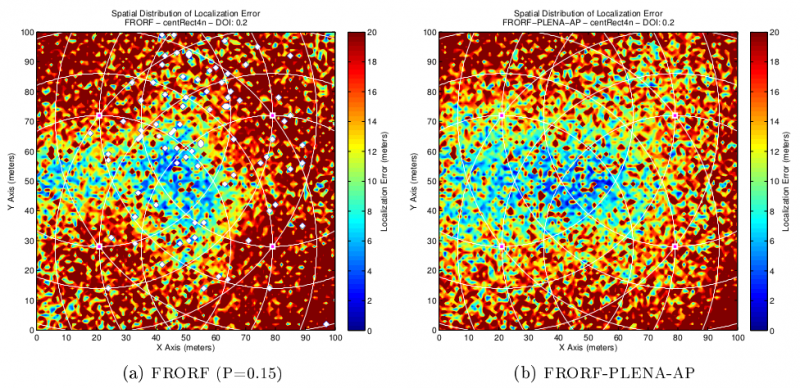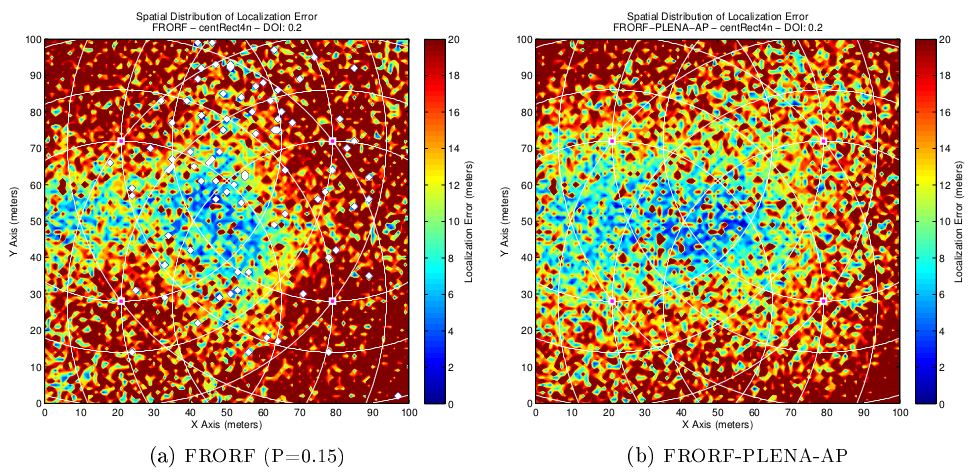Author: Elena Romero Perales
Advisor: Alvaro Araujo Pinto
Synopsis: Global data traffic in telecommunication annually grows with a rate higher than 50%. While the growth in traffic is stunning, the rapid adoption of wireless technology over the complete globe and the penetration through all layers of society is even more amazing. Over the span of 20 years, wireless subscription has risen to 40% of the world population, and is expected to grow to 70% by 2015. Overall mobile data traffic is expected to grow to 6.3 exabytes per month by 2015, a 26-fold increase over 2010. This expansion leads to an increase of the energy consumption by approximately 10% per year. A major portion of this expanding traffic has been migrating to mobile networks and systems. Due to this growth in wireless data traffic, the associated consumption to it becomes very important. Up to now, wireless network power consumption has not been an important issue because it was insignificant in comparison with wired network consumption. Nevertheless, over the recent years, wireless and mobile communications are increasingly becoming popular with consumer. Take into account the wireless traffic prediction the current rate of power consumption per unit of data cannot be sustained.
One of the most important trends related with the expansion of wireless networks is the significant increase of ubiquitous computing. WSNs give technological solution to this challenge, so its growth is closely linked to these data. Typical ubiquitous applications include security and surveillance (sensor nodes and video streams transmitted by Wi-Fi), health care (medical information transmitted by sensor nodes) or vehicular networks. Due to the number of nodes, its wireless nature, and its deployment in difficult access areas, WSN nodes should not require any maintenance. In terms of consumption this means that the sensors must be energetically autonomous and therefore the batteries cannot be changed or recharged.
The increasing demand for wireless communication presents an efficient spectrum utilization challenge. To address this challenge, Cognitive Radio (CR) has emerged as the key technology, which enables opportunistic access to the spectrum. In this way, the cooperation between devices introducing by CR regarding information sharing and taking decisions allows better spectrum use, lower energy consumption and better data reliability. The introduction of Cognitive Radio capabilities in WSN provides a new paradigm for power consumption reduction offering new opportunities to improve it, but also implies some challenges to face. Talking in detail about power consumption, sensing state, collaboration among devices (that requires communication) and changes in transmission parameters are not free in terms of consumption. In this way, all steps must be taken into account for a holistic optimization. Reducing power consumption requires optimization across all the layers of the communication systems.
The final goal is to reduce energy consumption in WSN exploiting the new capabilities introduced by the cognitive radio concept.
